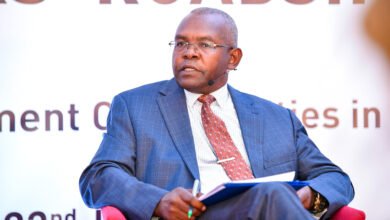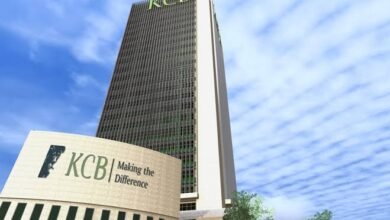
Kenya’s Foreign Exchange Reserves dipped to its lowest starting March, falling below the East African Community’s (EAC) statutory threshold of 4.5 months of import cover.
Data by the Central Bank of Kenya (CBK) paints a gloomy picture of the country’s Forex, which has also fallen short of Kenya’s threshold of 4 months, currently standing at just 3.9 months of import cover.
The 3.9 months is equivalent to Ksh.846.5 billion in the latest review by the CBK.
It’s a 9.7 percent fall in six months since October 7 last year, when the CBK valued the reserves at Ksh.938.2 billion, two weeks after President William Ruto assumed power.
The last time Forex went below the EAC statutory mark of 4.5 was in July 2022 when they stood at Ksh.942 billion but were within the local threshold at 4.46 months.
Forex Reserves are used by Central Banks to meet their international financial obligations such as paying foreign debts, influencing monetary policy and supporting the importation of critical goods.
The freefall of the reserves coincides with the pressure the local currency has been experiencing, currently at 128.1 units due to pent-up demand for the US dollar.
Forex shrinking will definitely keep piling more pressure against the weakening shilling and constraining importers.
Kenya has since turned to the International Monetary Fund (IMF) and the World Bank for debt inflows to anchor the dwindling reserves.
This includes Ksh.93.9 billion from WB which the National Treasury expects in its coffers starting June this year and a continued disbursement of IMF’s 38-month Ksh.293.1 billion programme.





